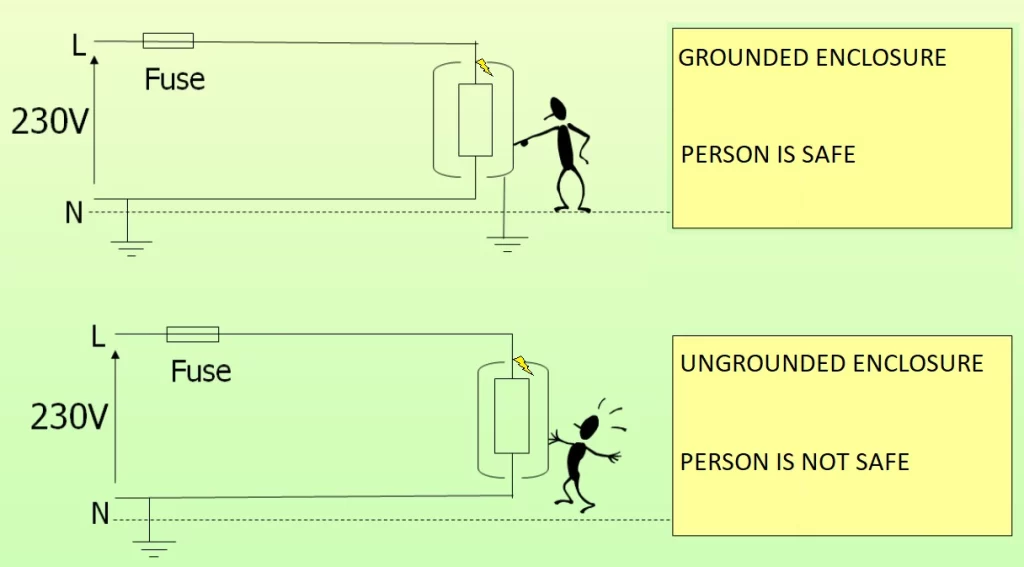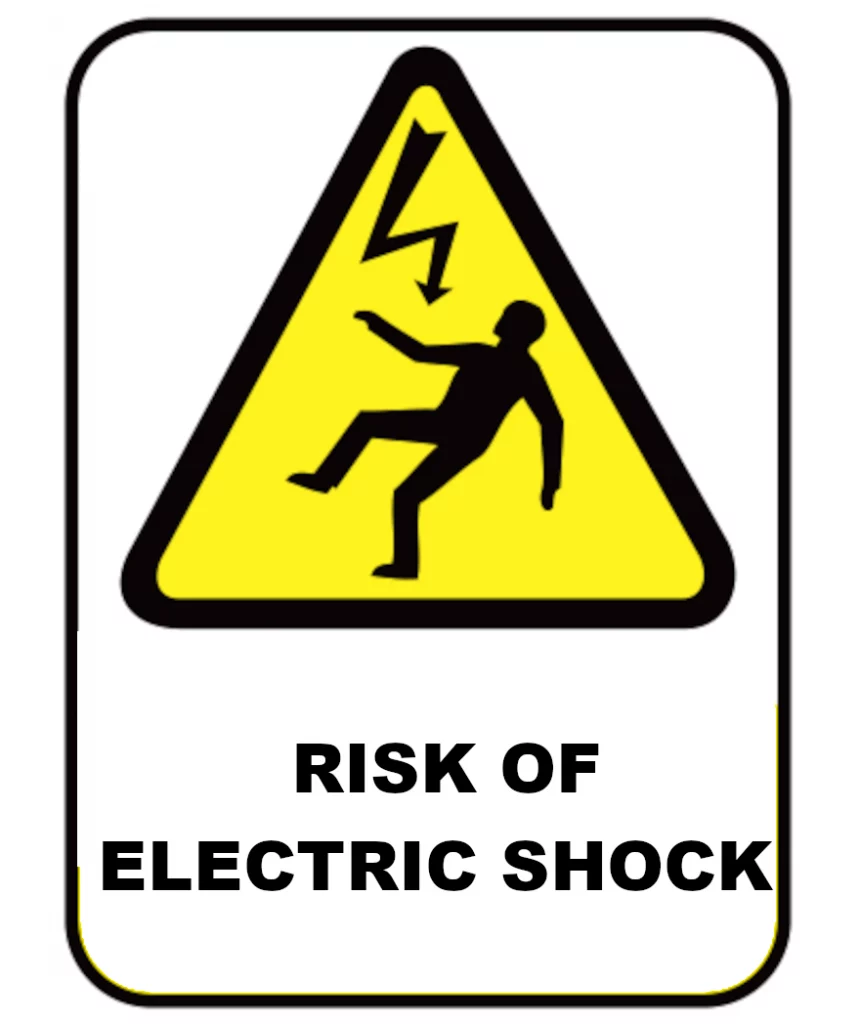Electrical equipment grounding for a power system can be classified according to functions: working grounding, lightning protection grounding, protective grounding, and instrumentation and control equipment grounding.
Working Grounding
This is the grounding of the neutral point of the power system. This grounding type reduces the operating voltage on the insulation of electrical equipment. In an effectively grounded neutral, the voltage on the insulation of the electrical equipment (i.e. power transformer) is equal to the phase voltage. If the neutral point is ungrounded, when a single-phase-to-ground fault occurs, the voltage on the insulation of the electrical equipment is the line voltage before the protection device clears the fault. This voltage is equal to √3 p times the phase voltage.
An effectively grounded neutral can effectively reduce the voltage on the insulation of the electrical reducing its required rated insulation level. Reducing the insulation level will reduce the size of the electrical equipment, and likewise lower the cost of the equipment. In a solidly grounded system, the current through the grounding device is the unbalanced current of the system under normal conditions. When a short-circuit fault occurs, a short-circuit current of tens will flow through the grounding device. The short-circuit current will usually last about 0.5 s depending on the protection device.
Protective Grounding
Note: In IEC terms this is called protective earthing (PE)
Insulation failure of electrical equipment, the enclosure becomes live. The enclosure voltage will rise up to the phase voltage. A person who will get in contact with the enclosure will suffer an electric shock.

In order to guarantee personal safety, the enclosures of all electrical equipment should be grounded. This kind of grounding is called protective grounding. When the enclosure of electrical equipment is live due to insulation damage, the fault current through the protective grounding trip the protective device to cut off power to the faulty equipment. As the grounding resistance is lower than the value of the body resistance, the voltage on the enclosure will be reduced to a safe voltage. This will prevent electric shock accidents caused by the live enclosure.
Lightning Protection Grounding
To prevent the hazard of lightning to power systems and human beings, lightning protection equipment is provided. The lightning protection equipment shall be connected to a suitable grounding system to drain the lightning current into the ground. This grounding is called lightning protection grounding.
Instrumentation and Control Equipment Grounding
This ground is also called Signal Reference Grounding. In IEC terms, this is called clean earthing.
In a modern power system, there are a large number of electronic instrumentation and control equipment. These devices need a signal reference point when in operation. Signal reference grounding plays a very important role in making sure that the electronic devices and the computer control system to work properly. However, in a modern power system, it is very difficult to provide a signal reference ground without interference. To reduce the interference on the signal ground, it is important to consider this issue during design. From the functional point of view, signal reference grounding is a kind of special working grounding. In normal practice, this grounding is isolated from the working grounding and/or the lightning protection grounding.
